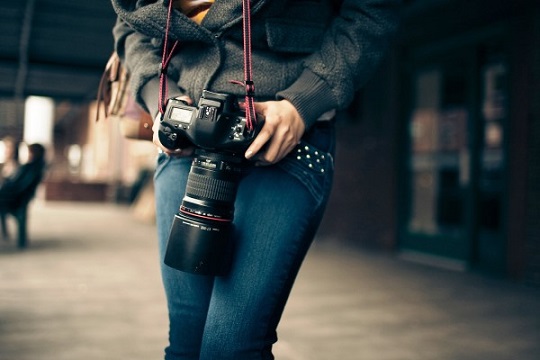Photography Tips
Understanding Photographic Terms
Photography tips: If you're new to the photography world, some of the terms can seem confusing. All this insider information is not as confusing as it first seems. You just need to learn a few of the basics, and you are on your way to taking better pictures. Here is a brief explanation of some of those terms, and how they affect your photographs.
Ambient Light: The natural light that is in your scene. This is also sometimes referred to as available light. Most photographers prefer to use ambient light over flash, or artificial light whenever possible. Most pro photographers will tell you that for outdoor work, the best possible light occurs twice a day- an hour before to an hour after sunrise and sunset.
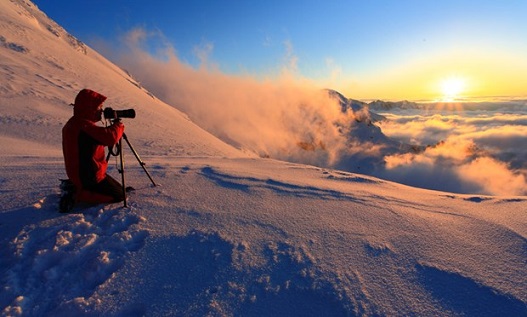
Aperture: The setting on your camera that controls the amount of light that enters through the lens and reaches your camera's sensor. Think of it like an opening you control on the end of your lens. The aperture is measured in f stops, such as f5.6, f8 or f22. Apertures can be confusing in that the larger the opening, the smaller the f stop number. So in a low light situation you need to let a large amount of light into the camera, setting your camera at f5.6. If you are in a brightly lit scene, like a beach, or lots of snow on the ground, you would close down your lens to maybe f22. Small number, more light allowed into the camera, large number, less light.
Burn: Mainly thought of as burning or transferring files to a disc, but in photographic terms it refers to lightening parts of your digital photograph with an image editing program.
Buffer: Part of a memory chip in your camera that holds the digital information as it is being written to the memory card.
CCD: Charged Couple Device, the sensor in your camera that captures the visual information and converts it into digital information.
Contrast: The difference between the brightest part of your photograph and the darkest part.
The more extreme the two, the greater the contrast.
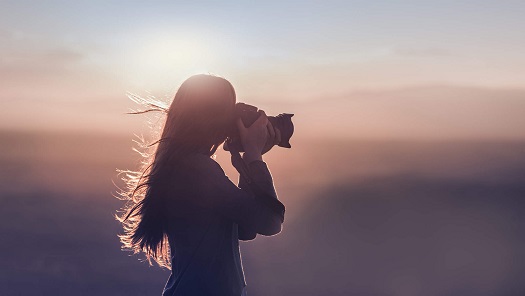
Depth of Field: The amount of your photograph that is in clear focus. Depending on how you set your aperture, you can control if the entire image is in full focus, or just a selected portion.
Digital zoom: A function of the camera where the zoom is created through a digital process as opposed to an optical zoom which is controlled by the camera lens. Most pros avoid using digital zoom, as the image produced tends to be noisy, showing a lot of grain, or fuzziness in the image.
We Are Helping 1000 Businesses Amplify Their Online Presence
Dodging: A step used when editing your photos in a program such as Photoshop. Dodging allows you to lighten selective areas of your photograph. You may want to dodge a part of your image that is hidden in deep shade.
Download: Electronically transferring your images from your camera to your computer.
DPI: Dots per Inch. A measurement of the resolution of your photo. The higher the DPI number, the greater the resolution of your photograph.
Flash: The device included with your camera that adds light to a scene that is too dark to expose a proper picture without the help of artificial light.
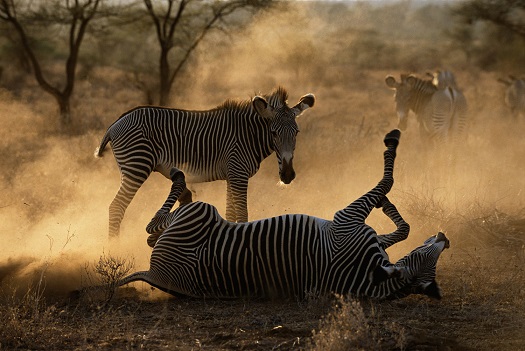
Fill Flash: A technique to use your flash to lighten deep shadows, usually caused by strong sunlight when shooting outdoors. Many photographers will use fill flash to brighten shadows when shooting close ups of plants or flowers outdoors in sunny conditions.
Highlights: The brightest parts of your photograph.
Histogram: A graphical chart that is produced on the LCD viewfinder of most higher end digital cameras showing a breakdown of the different light and dark areas of your photograph. Many pros judge the quality of their photographs from the histogram over simply looking at the photograph.

Image Browser: A computer application that allows you to view small, thumbnail images of all the photographs stored on your computer.
Image Editor: A computer program that allows you to digitally edit your photographs. Image editing programs will do everything from exposure and color correcting your photographs, to blending multiple images together, or adding titles and special effects. The program used most by professionals is Adobe Photoshop®. A great program for amateur enthusiasts is Photoshop Elements®, a slightly stripped down version of the full program.
ISO: A gage of setting how sensitive your camera is to light. Most digital cameras today will allow you to change the ISO from anywhere from a setting of 100 up to 3200 and even above. The lower you can keep the ISO, the better your images will look. As you increase the ISO, your images start to look more grainy.
JPEG: A specific type of digitally stored image. For the geek, JPEG is short for Joint Photographic Experts Group. The two main form of compression used for digital cameras are JPEG, and a super high format called RAW. All point and shoot cameras save images in the JPEG format.
LCD: Liquid Crystal Display, the small screen on your camera that functions both as a viewfinder, and a screen to review the photos taken.
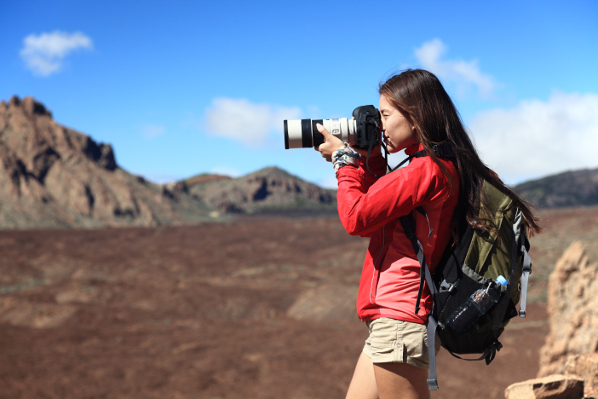
Megapixel: A unit of measurement that equals one million pixels. When a camera boasts it is a 5 megapixel, that simple means the image taken will contain 5 million pixels. The more megapixels used, the higher the resolution of the image.
Optical Zoom: This is the control you have for your lens based on the optical properties of the lens as opposed to having to digitally enhance the image. Optical zoom settings do not affect the quality of your image.
Panning: A photographic technique that is used to follow a moving subject. Think of standing on the sidelines during a soccer game. As the player runs past you, from left to right, you follow him in the viewfinder. This technique when done properly will show the player in focus, and the background blurred, because the camera was moving while the shutter was open.
Red Eye: This is the dreaded red glow we often see coming from people's eyes when we use a flash. The red we see is actually a reflection of blood vessels behind the retina of the eye. Many cameras today have a red eye reduction feature, that fires a pre flash before the main flash. What this does is cause the iris of our eye to quickly close, reducing the amount of light that gets past the retina. Many editing packages also have red eye removal functions if the camera wasn't able to do the job.
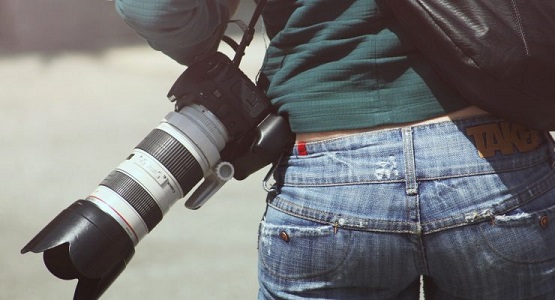
Rule of Thirds: A way to compose your image to make it more visually attractive. Mentally divide your photograph into thirds, and place the main subject matter in one of the thirds, as opposed to dead center.
Saturation: How much or little color there is in a photograph.
Shutter Speed: How long the image sensor is exposed to light. A shutter speed of 1/60 means the aperture is open for 1/60th of a second. 1/400 obviously means it is only open for 1/400th of a second. Shutter speed and aperture work together. A fast shutter speed dictates more light must enter the camera. A slow shutter speed means less light is necessary. Combining different shutter speed and aperture combinations are very creative ways to make some interesting photographs.
FrizeMedia Ghana SEO SEM Digital Marketing Proposal
The Best And Top Digital Marketing And SEO Services In Ghana
White Balance: The way a camera sees light. The color tone of a photograph will vary quite a bit depending on the light source. Taking a picture under fluorescent or tungsten light will look completely different than under sunlight. A camera using auto white balance will compensate for these different lighting conditions.
Browse All Our Informative Topics
InternetBusinessIdeas-Viralmarketing Homepage
Tweet
Follow @Charlesfrize
